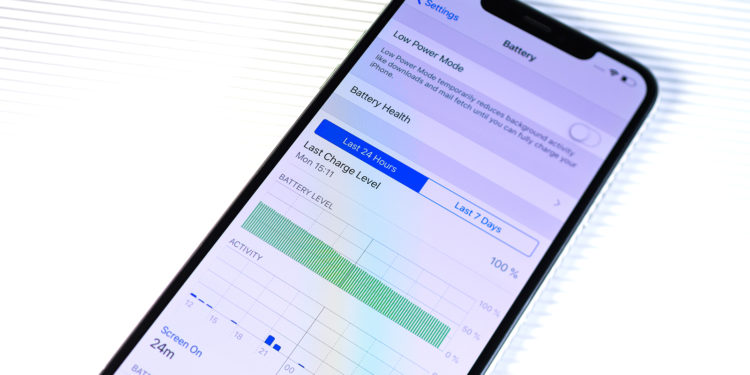In iOS 14.5, Apple introduced a new process for recalibrating battery health reports on the iPhone 11, 11 Pro, and 11 Pro Max. Below, we'll take a closer look at the feature.
The update recalibrates the maximum battery capacity and peak performance capability on iPhone 11 models to fix inaccurate battery health reporting estimates that some users have experienced. Symptoms of this bug include unexpected battery consumption behavior or, in some cases, reduced peak performance capability. However, these issues should be resolved after installing the update. Once you update your iPhone 11, 11 Pro, or 11 Pro Max to iOS 14.5 or later, you will see a message in the Settings app under the Battery -> Battery Health section informing you of the recalibration process. Please note that the process may take a few weeks after updating your device - Apple has already notedThis is because the recalibration of the maximum capacity and peak performance of the battery takes place during regular charging cycles.
Recalibrating the battery on iPhone 11 models: These points need to be considered
Please also note that the maximum capacity percentage displayed will not change during recalibration and that the peak performance capability will also be updated, but this may not be noticeable. Only when recalibration is complete can the maximum capacity percentage and peak performance capability information be considered correct. If recalibration indicates that the battery condition has indeed deteriorated significantly, a battery service message will be displayed. In some cases, the iPhone 11 battery recalibration may not be successful and a battery service message will be displayed. In such cases, Apple will replace affected batteries free of charge to restore the device to full performance and capacity. (Photo by hadrian / Bigstockphoto)





